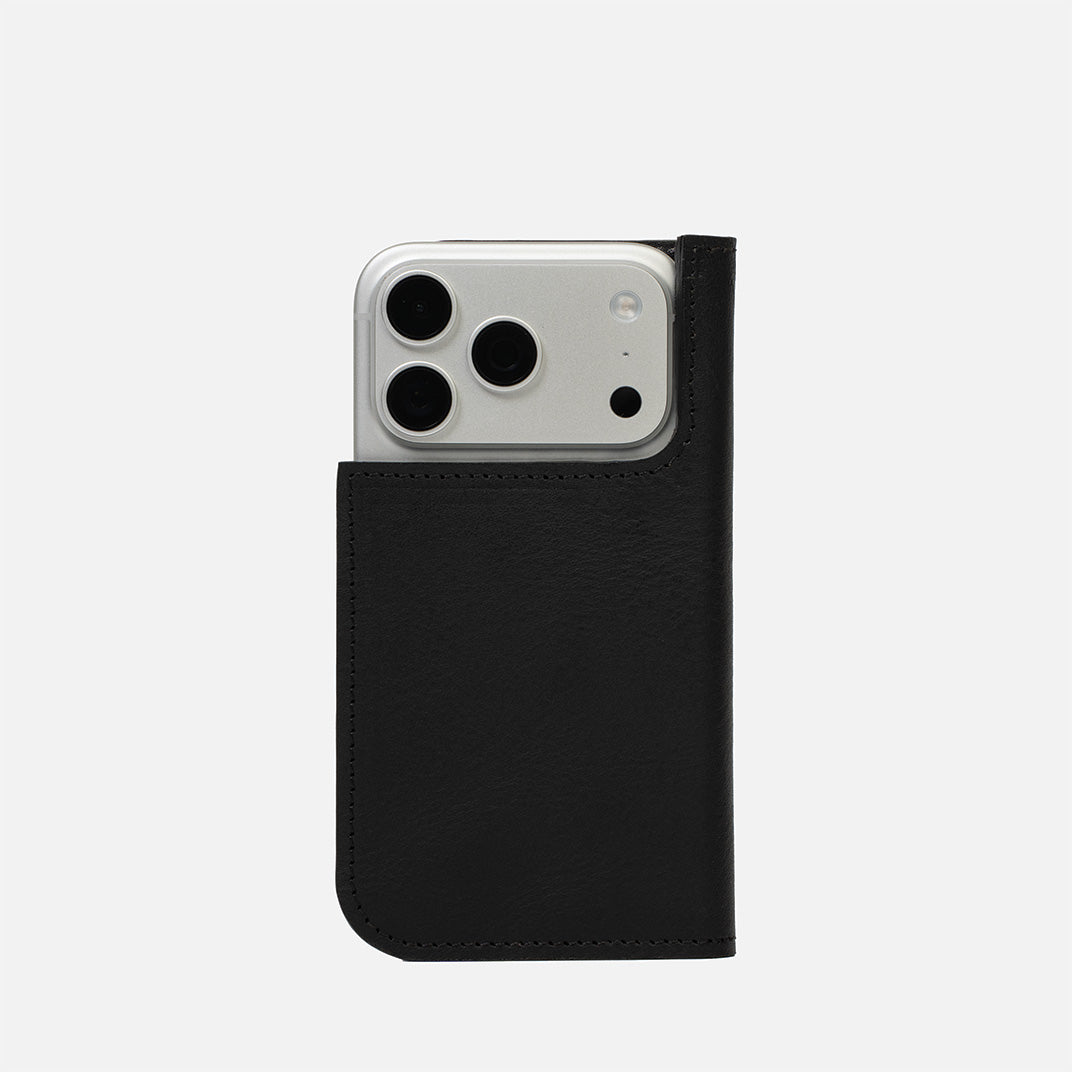While traditionally seen as a device for content consumption and creation, the iPad's ability to make phone calls expands its utility, seamlessly integrating it into our daily communication needs. This capability leverages the power of internet-based communication and, in some instances, cellular networks, to enable voice calls, thereby enhancing the iPad's role in our interconnected digital lifestyle. As we delve into the myriad ways your iPad can keep you connected, we'll explore built-in features, third-party applications, and tips to optimize your calling experience.
Understanding Your iPad's Capabilities
Connectivity Options: Wi-Fi Only vs. Wi-Fi + Cellular Models
iPads come in two main connectivity variants: Wi-Fi only and Wi-Fi + Cellular. Here’s how they differ:
- Wi-Fi Only iPads: These models can connect to the internet via Wi-Fi networks only. They're suitable for use at home, workplaces, or any location with Wi-Fi access but do not have cellular network capabilities. For making calls, Wi-Fi-only iPads rely on internet-based communication services and apps.
- Wi-Fi + Cellular iPads: In addition to Wi-Fi connectivity, these iPads can connect to cellular data networks, similar to smartphones. They require a data plan from a cellular service provider. While this feature enables internet access on the go, it's important to note that Wi-Fi + Cellular iPads do not support traditional cellular phone calls directly through a mobile network in the same way an iPhone does. However, they can use cellular data for internet-based calls.
Making Calls Without Traditional Cellular Support
Despite the absence of traditional cellular call functionality on iPads, Apple and various third-party developers offer several workarounds that enable voice communication. These alternatives harness the power of the internet (VoIP - Voice over Internet Protocol) and other technologies to bridge the gap. Here are some options:
- Internet-based communication apps: Apps like Skype, WhatsApp, and FaceTime use the internet to facilitate voice and video calls, making it possible to call other app users and, in some cases, even traditional phone numbers.
- Continuity and Wi-Fi calling features: For users within the Apple ecosystem, features like Continuity allow iPads to make and receive calls through a nearby iPhone, using the same Apple ID. Similarly, some carriers support Wi-Fi calling on iPads, allowing calls to be made over a Wi-Fi connection using your phone’s cellular plan.
Using Built-In Features to Make Calls
iPads are equipped with several built-in features that enable users to make and receive calls, capitalizing on Apple's ecosystem and internet connectivity. These features offer a seamless way to keep in touch with friends, family, and colleagues using your iPad. Here’s how to utilize them:
FaceTime: Video and Audio Calls
FaceTime is Apple's proprietary video and voice calling service that works over the internet, allowing you to connect with other Apple devices.
- Setting Up FaceTime: Ensure you're signed in with your Apple ID in the Settings app under FaceTime. Enable FaceTime and set it up to use either your Apple ID or phone number.
- Making a Call: Open the FaceTime app, tap the plus icon at the top right, enter the person's phone number or email address (they must be registered with FaceTime), and tap the video or audio icon to start the call.
- Receiving Calls: When someone calls you via FaceTime, you'll see a notification that you can tap to answer as a video or audio call.
Wi-Fi Calling
Wi-Fi Calling allows you to make phone calls using your Wi-Fi connection instead of a cellular network, using your iPhone's cellular plan.
- Enable Wi-Fi Calling on Your iPhone: First, ensure Wi-Fi Calling is enabled on your iPhone (Settings > Phone > Wi-Fi Calling). Your carrier needs to support this feature.
- Making and Receiving Calls on iPad: Once Wi-Fi Calling is set up on your iPhone, go to Settings on your iPad, select 'FaceTime', and turn on 'Calls from iPhone'. This lets you make and receive phone calls on your iPad as long as both devices are signed into the same iCloud account and connected to Wi-Fi.
Continuity: Handoff Calls
Continuity includes a feature called Handoff, which, among other things, allows your iPad to make and receive cellular phone calls through your iPhone's cellular connection.
- Setting It Up: On your iPhone, go to Settings > Phone > Calls on Other Devices, and enable it. Do the same on your iPad by going into Settings > FaceTime and toggling on Calls from iPhone.
- Making a Call: Open the Contacts app on your iPad, select a contact, and tap the call button. The call will be placed using your iPhone's cellular connection, but you can talk directly from your iPad.
- Receiving a Call: When your iPhone receives a call, it will appear on your iPad, and you can answer it from there.
Third-Party Apps for Making Calls
In addition to Apple's built-in features, numerous third-party apps enable your iPad to become even more versatile in communication, offering the ability to make voice and video calls to both app users and traditional phone lines. Here's how to get started with some of the most popular VoIP (Voice over Internet Protocol) services:
Skype: Connect Across Platforms
Skype is one of the pioneers in VoIP services, allowing users to make voice and video calls, as well as send messages across various devices.
Skype is ideal for both personal and professional communication, offering additional features like screen sharing and file transfer.
WhatsApp: Easy and Secure Voice Calls
WhatsApp offers a simple way to make secure voice calls over Wi-Fi or cellular data to other WhatsApp users worldwide.
WhatsApp calls are encrypted end-to-end, ensuring your conversations remain private.
Zoom and Google Meet For Group Calls and More
For those needing to make group calls, whether for work meetings or family get-togethers, services like Zoom and Google Meet offer robust solutions.
Tips for Optimizing Call Quality
Ensure a Stable Wi-Fi Connection
- Close Unnecessary Applications: Running multiple applications can strain your Wi-Fi connection. Close any apps you're not using to allocate more bandwidth to your call.
- Stay Close to Your Router: The closer you are to your Wi-Fi router, the stronger and more stable your connection will be. If possible, try to make calls in the same room as your router.
Consider an External Microphone
- Use Headphones with a Built-in Mic: Many wired and wireless headphones come with built-in microphones that offer better sound quality than your iPad's internal mic.
- Invest in a Dedicated Microphone: If you frequently make calls or record audio, consider purchasing an external microphone. There are many options available that connect via Bluetooth or the iPad's charging port.
Find a Quiet Environment
- Reduce Background Noise: Background noise can significantly affect call clarity. Find a quiet space to make your calls, away from loud environments like cafes or busy streets.
- Use Noise-Canceling Headphones: These can help block out ambient noise, not just for you but also for the person on the other end of the call, as many models are designed to minimize the pickup of external sounds.
Understanding Limitations and Costs
While using an iPad for making phone calls offers a range of conveniences and capabilities, there are some limitations and potential costs that users should be aware of. Understanding these aspects can help you navigate the landscape of digital communication more effectively and avoid unexpected surprises.
Need for a Stable Internet Connection
- Dependence on Internet: Unlike traditional cellular calls that use the mobile network, most iPad calling features rely on an internet connection. This means the quality of your calls is directly tied to the stability and speed of your Wi-Fi or cellular data connection.
- Connectivity Issues: In areas with poor or no internet coverage, making or receiving calls may not be possible. This can limit the functionality of your iPad as a communication device when traveling in remote areas or in buildings with weak Wi-Fi signals.
Costs Associated with Third-Party Services
- Calls to Non-App Users: Many third-party apps allow you to call landlines and mobile phones outside their network, but these features often come with costs. Services like Skype and WhatsApp may require you to purchase credits or subscribe to a plan to access these calling capabilities.
- Data Usage: When using cellular data to make calls, keep in mind that these services can consume a significant amount of data, which could lead to additional charges if you exceed your plan's data allowance.
International Calling Fees
- Varied Rates: If you're calling international numbers using third-party services, the rates can vary significantly depending on the country you're calling. It's important to check the current rates provided by the service to avoid unexpected charges.
- Alternatives to Reduce Costs: For international calls, consider using app-to-app communication, which is usually free. Encouraging friends and family to use the same service can help circumvent international calling fees.
Privacy and Security Considerations
Privacy Policies of Third-Party Apps
- Data Handling Practices: Before downloading and using third-party calling apps, review their privacy policies to understand how they collect, use, and share your data. Some apps may collect personal information, call logs, or even contact lists.
- Permissions: Be aware of the permissions you grant to apps. Only allow access to features that are necessary for the app to function (e.g., microphone access for call apps) to minimize potential data exposure.
Ensuring Secure Connections
- End-to-End Encryption: Look for apps that offer end-to-end encryption for calls. This ensures that only you and the person you're communicating with can listen to or view the conversation, preventing interception by third parties.
- Wi-Fi Security: When making calls over Wi-Fi, ensure you're connected to a secure network. Public Wi-Fi networks can be more vulnerable to eavesdropping. Consider using a virtual private network (VPN) for an added layer of security on public networks.
Regular Updates and Passwords
- Keep Apps Updated: Developers regularly update apps to fix vulnerabilities and enhance security features. Always keep your calling apps updated to the latest version to benefit from these improvements.
- Strong Passwords: Use strong, unique passwords for your app accounts. Consider using a password manager to keep track of your passwords while maintaining high security.
FAQs: Making Calls on an iPad
Can I use any iPad to make phone calls?
Yes, any iPad can be used to make phone calls, but the method varies. iPads with cellular capabilities can use data for internet calls without needing an iPhone nearby. Wi-Fi-only iPads require a stable internet connection and can make calls using built-in features like FaceTime or third-party apps like WhatsApp, Skype, or via Continuity with an iPhone for traditional calls.
Do I need a SIM card in my iPad to make calls?
Not for internet-based calls. If you're using FaceTime, Skype, WhatsApp, or similar apps, all you need is a stable internet connection (Wi-Fi or cellular data from a nearby iPhone or Wi-Fi + Cellular iPad). For cellular models, a SIM card is required for cellular data, but not specifically for making calls.
How much data do internet calls use?
Data usage varies by app and call type (audio vs. video). On average, a voice call might use about 500 KB to 1 MB per minute, while video calls can use about 3-5 MB per minute. It's wise to monitor your data usage if you're on a limited plan, especially for video calls or if you're using cellular data.
Can I make international calls with my iPad?
Yes, through apps like Skype, WhatsApp, or FaceTime, you can make international calls. These might be app-to-app calls or to landlines/mobile phones, depending on the app's features and possibly incurring charges (in the case of Skype credit or similar services).
What should I do if the call quality is poor?
Ensure a stable internet connection first. If you're on Wi-Fi, move closer to your router. For cellular data, check your signal strength. Closing other apps that use internet bandwidth can also help. Consider using headphones or an external microphone for better audio quality.
Are iPad calls secure?
Calls made via apps like FaceTime and WhatsApp are encrypted end-to-end, making them secure. However, the security level for other apps depends on their encryption protocols. Always check an app’s privacy policy and security features before use.
Can I use accessibility features during calls?
Yes, iPads offer various accessibility features that can enhance the call experience, including VoiceOver, which reads out what's on your screen, and the ability to use Made for iPhone hearing aids with your iPad for clearer audio. Adjustments can also be made for larger text, as well as for visual alerts for incoming calls.




